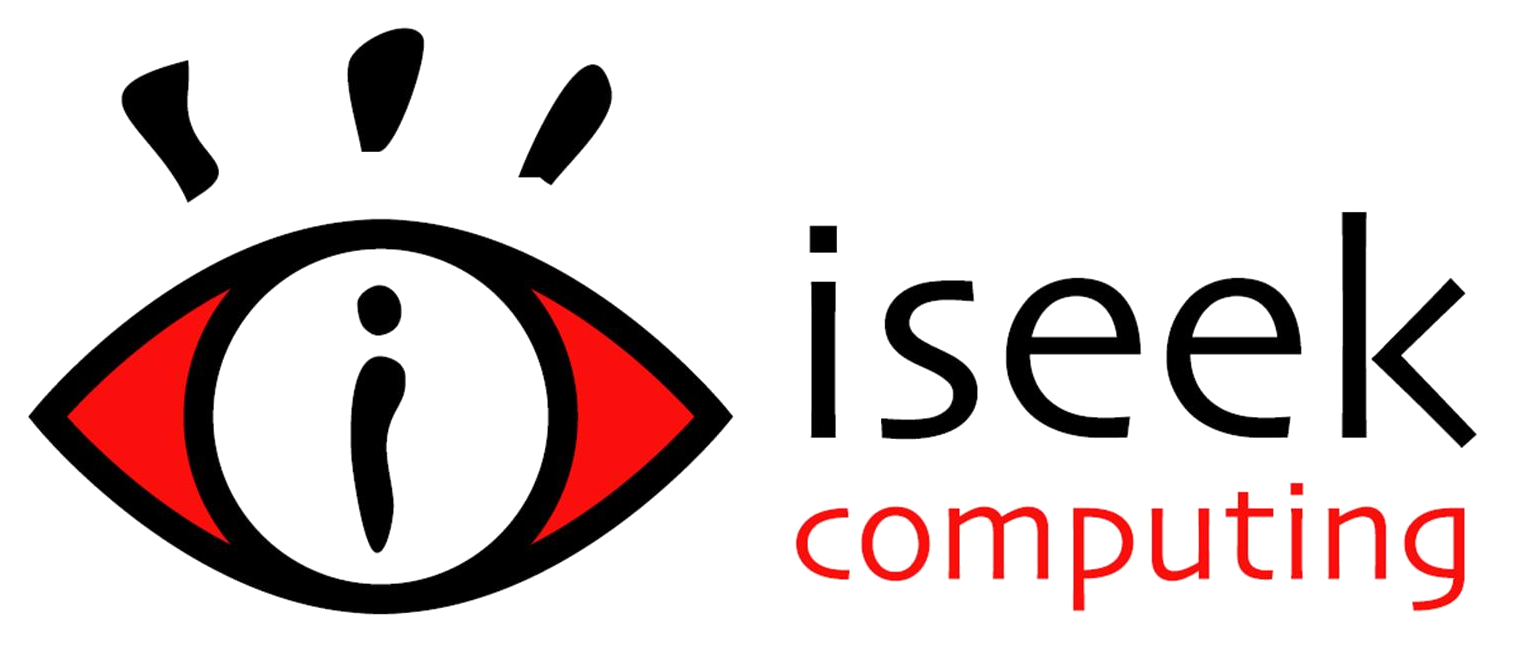What is Ransomware?
With all the news at the moment about Ransomware I thought it best to try to explain it a little more and that it’s not a new thing it has been around for quite some time now.
Many of you may of heard of the ‘Crypto Locker Virus’, well this is a form of ransomware. Ransomware is a form of Malware (malicious software, pop-ups) that basically takes control of your data in your computer and locks it and holds it to ransom. So your documents, emails, pictures, etc won’t open without a special code issued by the person who locked them in the first place.
Who are the most likely to get targeted by this kind of attack? Well mostly businesses or people who depend on their data on a daily basis.
How do you protect yourself from Ransomware attack? The best known defense is to ensure you backup your data regularly. By doing this you will be able to avoid paying any ransom to unlock your data. It is critical that you do this regularly so as you don’t lose too many days in recreating any changes between being attacked and the backup.
As we have talked about before there are multiple ways you can back up your data. You have the hard form, external hard drives, USB sticks, DVD and the Cloud form or offsite backups. If you use a form of backup that requires to be plugged into your computer or server, make sure you unplug it when done as this will be vulnerable if attacked.
Another way to help protect yourself is to be aware of what you are clicking on and what emails you are opening. Links and attachments in emails are one of the most common ways to target a computer. You should also be wary of clicking on ads that are on websites.
You should also keep your computer systems up to date. This means your operating system, anti-virus software, Java or Flash, and other daily software you use. Your software companies release these updates to help combat against known dangers. This is particularly true at the moment with the recent ‘WannaCry’ Ransomware in the news.
If you do get attacked TURN OFF the computer and disconnect any wifi or Bluetooth devices. If you are on a network shutdown the server as a precaution and let your IT people know. The quicker you can shut it down the quicker you will stop the spread of the infection. You will then need to contact your IT support or local computer support to get them to go through the process of cleaning and restoring your data. (this is where backups are critical). If you don’t have backups and really need your data you will need to make the decision of whether to pay the ransom or not.
Not everyone will be a target, but these are the best practices we can recommend to avoid being a victim to Ransomware.
